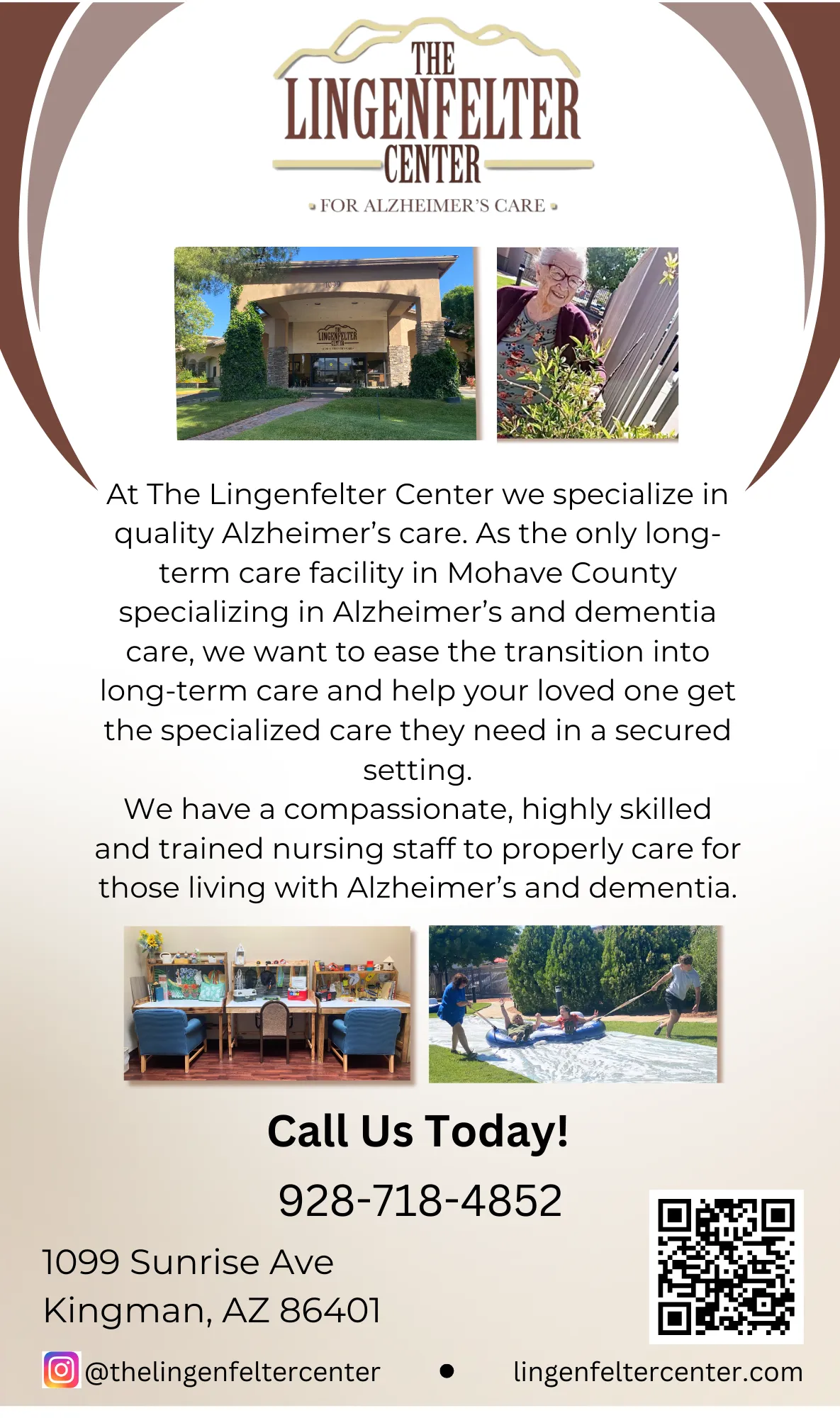Does your home have 1 of the 3 Major Health Hazards?
NATION – Could that fixer-upper be a health nightmare? It’s a question worth asking after Christina Hall, host of HGTV’s “Flip or Flop,” went public in December about being diagnosed with mercury and lead poisoning. She blames her symptoms – skin rashes, joint pain and swollen lymph nodes, among others – on “all the gross houses” she’s fixed and flipped over the last decade for television.
Here are the three common dangers in homes built prior to 1978 that can come with long-term health consequences: lead, asbestos and mold.
Lead
Telltale signs of lead problems can be visual and include white paint chipping off the wall. Where it’s found: paint, plumbing fixtures, dust and soil in and around a home. Which homes are most at risk: Properties built prior to 1978, when the federal government banned the use of lead-based paint in home, may be at greater risk. Homeowners are required to disclose the presence of lead-based paint when selling a home. Peeling, chipping and cracking on lead-based paint or lead pipes should be addressed immediately by professionals.
Health risks: headaches, abdominal pain and anemia, among other health concerns. Lead poisoning is particularly dangerous for children; it can affect brain development, the nervous system and digestive organs.
What to do: Consult a certified lead professional before renovating, repairing or painting when lead is present. Some home inspectors may even check for lead paint.
Asbestos
Where it’s found: Asbestos is a mineral composed of thin fibers that was commonly used prior to 1980 in insulation, flooring (e.g. vinyl flooring), roofing felt, board siding and sheathing, popcorn textures on ceilings and other building materials.
Which homes are most at risk: Homes built before the 1990s. In 1989, the Environmental Protection Agency issued a ban on most products containing asbestos. When asbestos is present and its fibers get damaged or disturbed, they can become airborne and pose a danger when inhaled.
Health risks: Often, there are no symptoms immediately following asbestos exposure. But in the long run, it can cause lung cancer and mesothelioma.
What to do: Find out if asbestos materials are present before remodeling. Never saw, sand, scrape or drill holes into suspected asbestos materials. Do not touch or disturb suspected asbestos products. Many states require home sellers to disclose any known presence of asbestos to potential home buyers. If you’re unsure whether a home has asbestos, an abatement professional can take samples for analysis. If asbestos materials are found, they may be sealed or covered to prevent the release of its dangerous fibers inside the home. Often as a last resort, specialists will remove it, but this can be expensive and risky. DIY asbestos removal is not recommended.
Mold
Where it’s found: Present in newer and older homes, mold can grow in humid places that have current or prior water exposure, such as from leaky roofs, windows or pipes. Mold can thrive in basements, bathrooms and under sinks. Mold also can grow on ceiling tiles and wood products as well as paints, wallpaper, insulation, drywall, carpet and upholstery.
Which homes are most at risk: Homes with previous water damage and that have a lack of ventilation. Properties in humid climates also are at an elevated risk.
Health risks: wheezing, red or itchy eyes, skin rashes, and an increased risk among children for developing asthma. Mold also can cause respiratory problems, especially for those with severe allergies.
What to do: Mold that affects an area of less than 100 square feet inside a home often can be cleaned by the homeowner, with special precautions and protective gear, according to the EPA. Homeowners can use a solution of one cup of bleach to one gallon of water to clean mold off hard surfaces. However, if the mold covers a larger area or is caused by flooding or a leaky pipe, it’s best to call in a professional to handle the remediation process. It’s also important to identify and fix the source of the moisture that’s causing the mold growth to prevent it from returning.
In addition to mold, asbestos and lead, there are other potential hazards in homes that should be addressed before any renovation work takes place. Radon, a colorless, odorless gas, can seep into homes from the ground and cause lung cancer over time. Pest infestations, such as from termites or rodents, can weaken the structural integrity of a home and cause health problems from their droppings and bites.
To stay safe when renovating an older home, it’s important to follow all local and federal regulations for hazardous substance removal and disclose any known issues during a home sale. Hire a professional to test for lead, asbestos, mold, and radon before starting any renovation work, and follow proper procedures for their removal. With proper care and remediation, older homes can be restored and enjoyed for decades to come.
Precautions to Take
Whether it’s mold, asbestos, lead, or other dangers like radon and pest infestations, experts recommend taking some of the following precautions:
- Follow the laws and disclosures: Be sure to abide by all local and federal laws and regulations when it comes to lead and asbestos abatement. Local municipalities often have strict regulations for hazardous substance removal. Also, be sure to disclose the presence of any issues during a home sale. By law, home sellers must disclose the existence of any known lead-based paint as well as the result of any previous testing, for example. Real estate professionals and property managers must ensure buyers and tenants receive and review relevant information on lead-based paint hazards.
- When in doubt, test it out: Hire a professional to check for lead, asbestos, and mold before starting any renovation work. These three house dangers can pose particular health risks when disturbed during the remodeling process. Many companies that provide radon, lead, or asbestos inspection services also provide mold assessments. Find a list of state contractors at EPA.gov.
- Follow proper procedures for removal: A professional abatement team is trained to safely remove lead, asbestos, and mold from inside a home. They likely will wear masks, eye protection, and hazmat suits, as well as take precautions to enclose work areas to prevent it from spreading to other parts of the home. Many states may have laws that will need to be followed to ensure safe removal of these products as well.
Despite the potential health hazards in older homes, these dangers needn’t scare buyers away from older homes. “Potentially hazardous materials come with the territory of renovating and rehabilitating older homes,” says Diana Melichar, president of Melichar Architects. “If handled correctly and remediated, there are no problems. Older homes have character and craftsmanship that is hard to replicate in today’s construction industry. They’re unique, and with proper TLC to rehabilitate them, they can be rejuvenated for decades of enjoyment for homeowners.”
In summary, if you are considering buying or renovating an older home, it is essential to have the home inspected for potential health hazards like mold, asbestos, and lead. Always work with professionals who are trained in detecting and safely removing these substances to ensure the safety of you and your family.






















